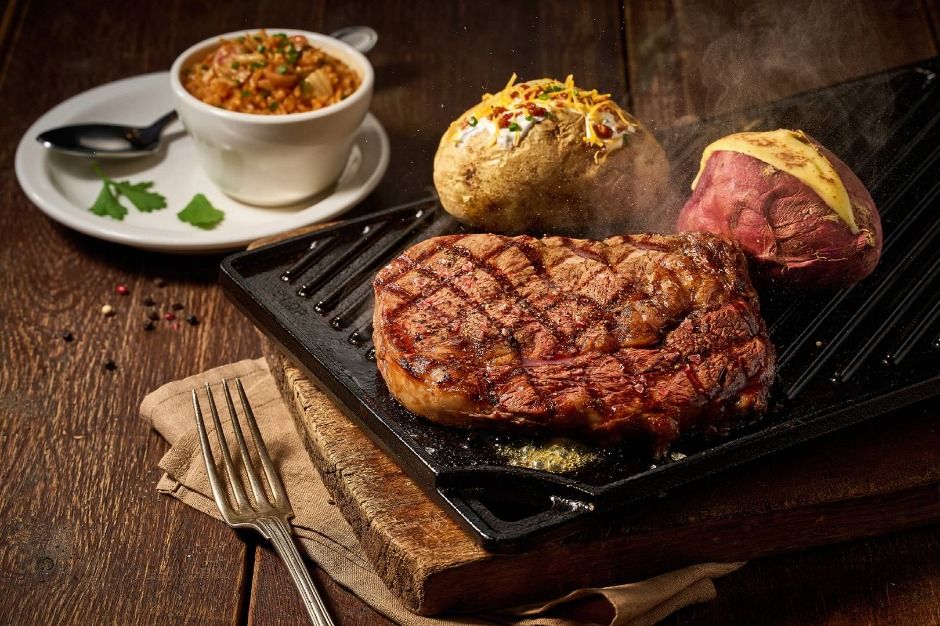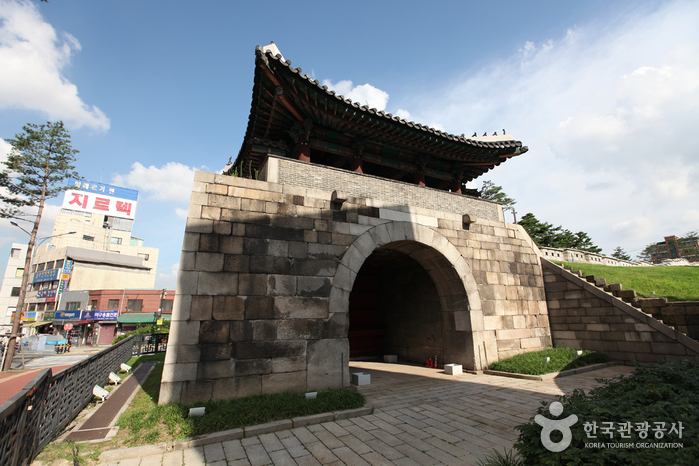Lotte Mart - World Tower Branch [Tax Refund Shop] (롯데마트 월드타워점)
7.1Km 2024-04-22
300, Olympic-ro, Songpa-gu, Seoul
-
Converse - Lotte World Mall Branch [Tax Refund Shop] (컨버스 롯데월드몰점)
7.1Km 2024-06-27
B1, 300, Olympic-ro, Songpa-gu, Seoul
-
Converse - Lotte World Mall Branch [Tax Refund Shop] (컨버스롯데월드몰점)
7.1Km 2024-06-27
300, Olympic-ro, Songpa-gu, Seoul
-
Olive Young - Lotte World Mall Branch [Tax Refund Shop] (올리브영 롯데월드몰점)
7.1Km 2024-06-27
5F, 300, Olympic-ro, Songpa-gu, Seoul
-
BGN Eye Clinic (밝은눈안과의원)
7.1Km 2025-10-23
(11th Floor), 300 Olympic-ro, Songpa-gu, Seoul
Since its foundation in 2000, BGN Eye Clinic has been playing a leading role in the field of vision correction. We offer a variety of vision correction surgeries using the latest medical technology and equipment, such as LASIK, LASEK, and intraocular lens implants, with emphasis on personalized care for each patient. We provide world-class healthcare through ceaseless research and investment in healthy vision for our patients. We strive to help our patients feel safe and comfortable with our warm-hearted and friendly services, providing high-quality care in a pleasant environment.
BGN is positioning itself as a trusted healthcare organization with a patient-centered approach.
Carols Main Branch (캐롤스 본점)
7.1Km 2025-12-02
서울특별시 송파구 올림픽로 300 (신천동)
Located in Songpa-gu, Carols is a family restaurant that recreates traditional American meals, complete with a cozy, family-friendly atmosphere. For the older generation, it offers authentic American flavors and the comfort of a family restaurant that they remember visiting with their parents as children. For the younger generation, it offers a retro family restaurant experience that they have never felt before. The menu is full of family favorites like baby back ribs, Monte Cristo, spaghetti, burgers, steaks, and sweet parfaits for dessert, as well as a kids' meal for the little ones, so there's something for everyone.
Hoopcity Dongdaemun [Tax Refund Shop] (HOOPCITY 동대문)
7.1Km 2024-04-18
1F, 324, Toegye-ro, Jung-gu, Seoul
-
Gwanghuimun Gate (광희문)
7.1Km 2021-02-24
344, Toegye-ro, Jung-gu, Seoul
+82-2-3700-3900
Gwanghuimun Gate is said to have been originally constructed in 1396, the 5th year of King Taejo, at the southeast of the capital city. It was often referred to as Sugumun Gate (water channel gate) and was actually used as a Sigumun, literally meaning “corpse gate,” as funeral processions passed through this gate when exiting to the east.
During the Imjin War (1592-1598), the fortress gate was destroyed to such a degree that it made finding the original location close to impossible. Nevertheless, reconstruction efforts were started in 1711 (37th year of King Sukjong) and the gate was restored together with the gate's watchtower. Gwanghuimun Gate remained intact even when the fortress walls were demolished to build tram tracks during the Japanese occupation, but it was later damaged during the Korean War and left neglected. In 1975, restoration work was carried out to relocate Gwanghuimun Gate to a site 15 meters south of its original location since it stood in the middle of the road.
Daejanggeum (대장금)
7.1Km 2024-11-29
300, Olympic-ro, Songpa-gu, Seoul
+82-2-3213-4534
Daejanggeum serves traditional Korea meals, reinterpreting royal dishes from the Joseon dynasty. Daejanggeum faithfully uses only the best local ingredients to make all their food, from the soybeans used for soy sauce and soybean paste, to kimchi. In addition to the food, guests can enjoy dining with lacquerware from Korea's Holder of Intangible Heritage, Mr. Yi Jin-ho, and forged works by 5th generation blacksmith, Cha Ingyu.

![Sloggi [Tax Refund Shop] (슬로기)](http://tong.visitkorea.or.kr/cms/resource/56/3313556_image2_1.jpg)
![Converse - Lotte World Mall Branch [Tax Refund Shop] (컨버스 롯데월드몰점)](http://tong.visitkorea.or.kr/cms/resource/86/3313886_image2_1.jpg)
![Converse - Lotte World Mall Branch [Tax Refund Shop] (컨버스롯데월드몰점)](http://tong.visitkorea.or.kr/cms/resource/67/3314067_image2_1.jpg)

![Hoopcity Dongdaemun [Tax Refund Shop] (HOOPCITY 동대문)](http://tong.visitkorea.or.kr/cms/resource/51/2878751_image2_1.jpg)

 English
English
 한국어
한국어 日本語
日本語 中文(简体)
中文(简体) Deutsch
Deutsch Français
Français Español
Español Русский
Русский